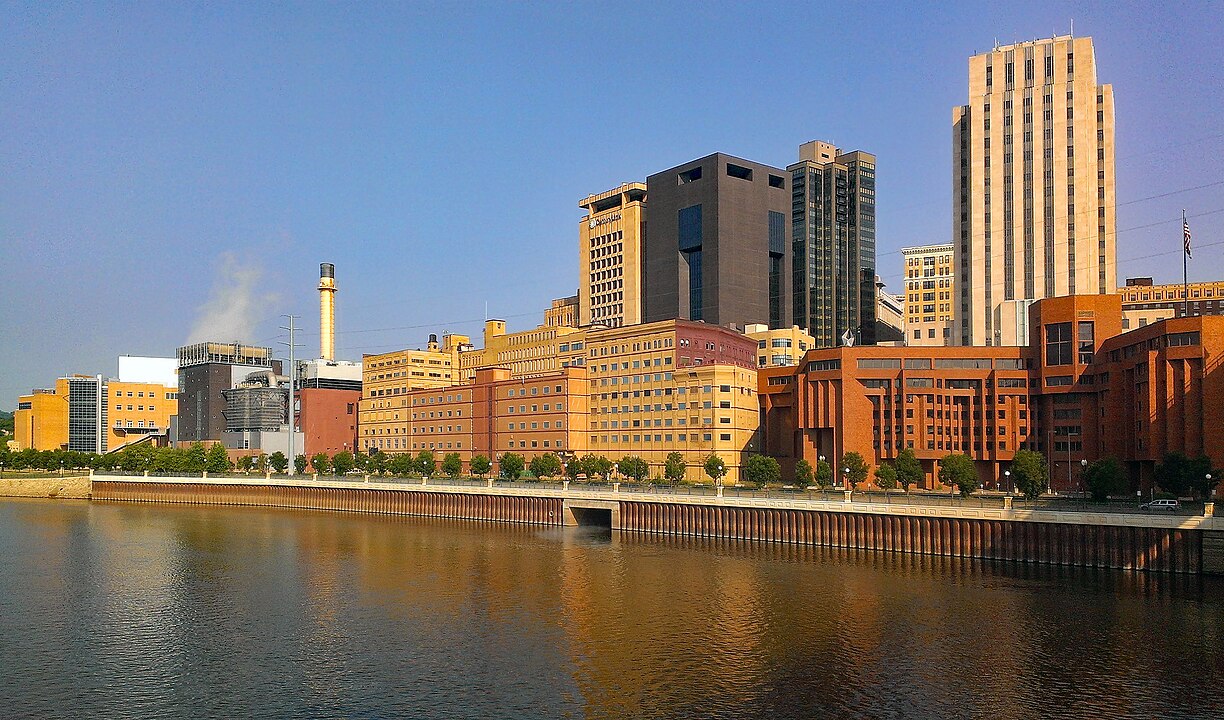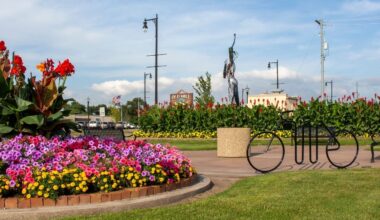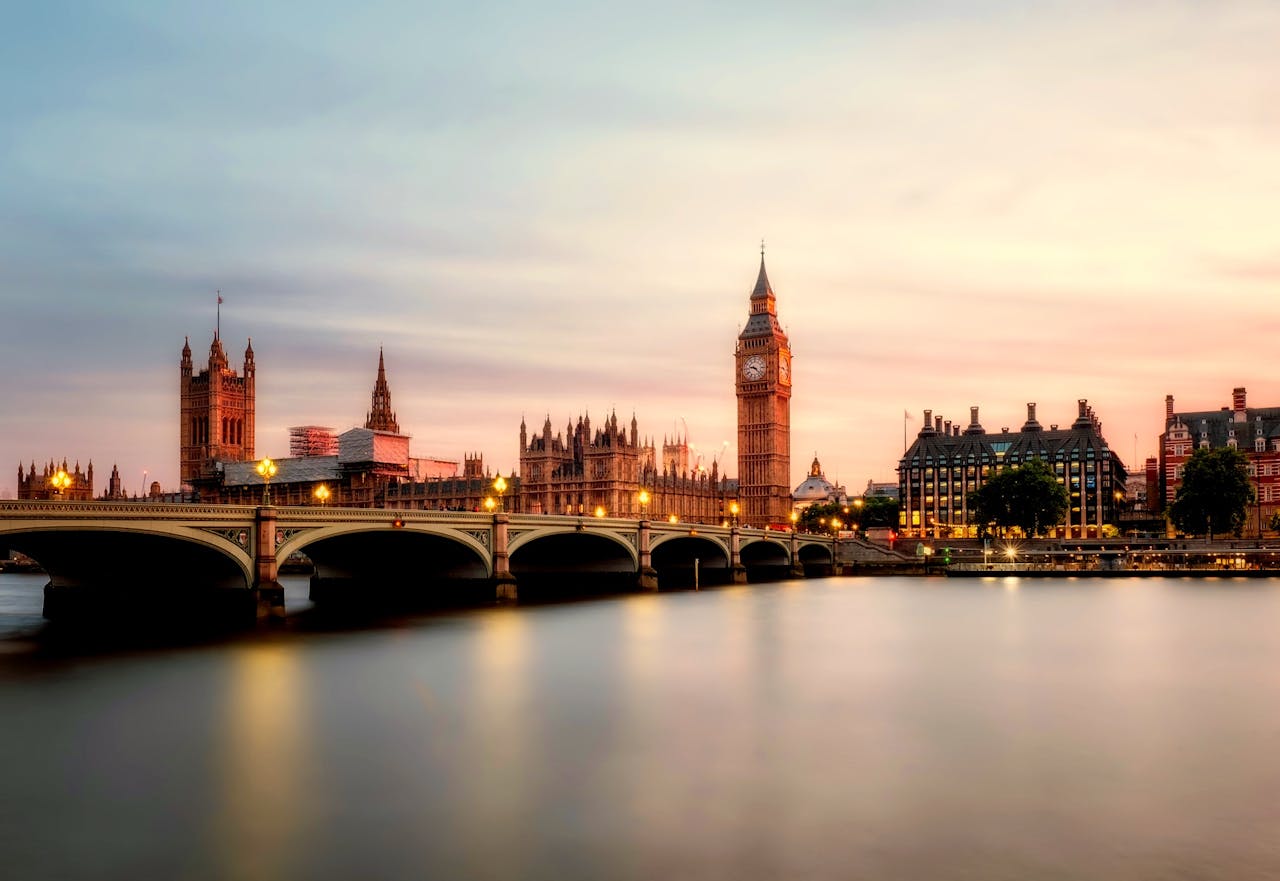The Mississippi stitches together bluffs, floodplains, and port towns where American stories still work the docks and ring from courthouse steps. French posts became markets, Native trade paths met rail lines, and river bends shaped battles and fortunes. Main streets here keep brick, ironwork, and porchlight traditions intact, while museums and murals add context without sanding off the edges. Follow the current from the head of navigation to gulf air, and the past feels close at every landing, steady as towboat wake and church bells on a calm evening.
St. Paul, Minnesota
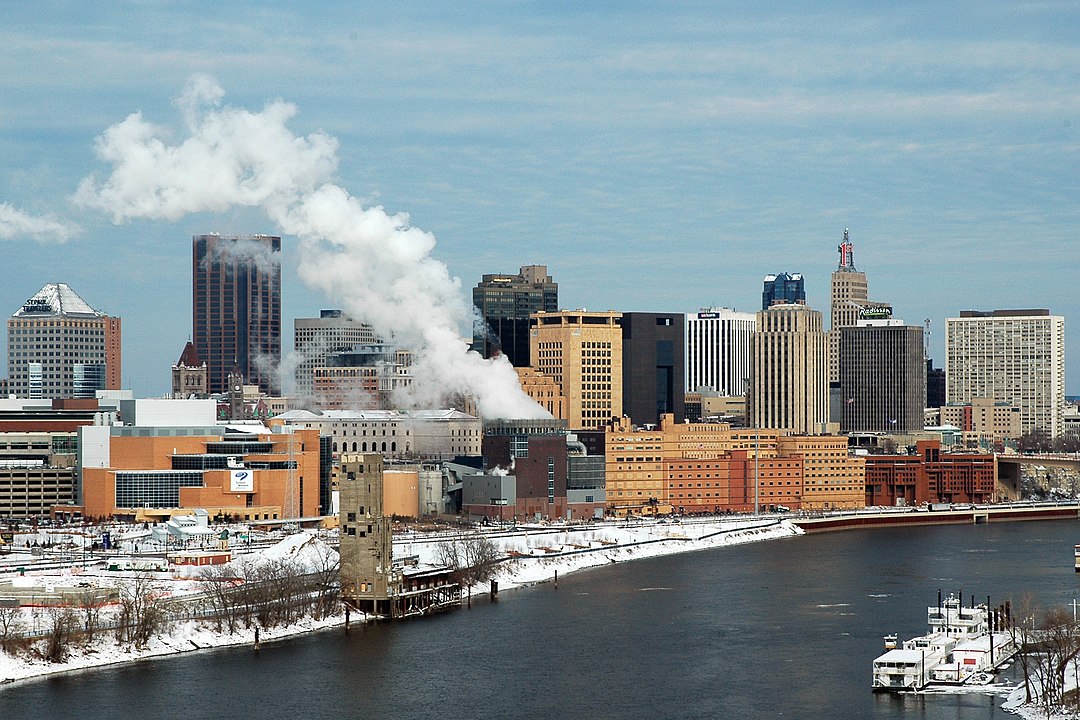
St. Paul grew where the Mississippi meets the Minnesota, a crossroads long sacred to Dakota communities and later the site of Fort Snelling. Steamboats delivered trade, then railroads under James J. Hill turned the blufftop town into a Midwestern hub. Today, Landmark Center, the old riverfront warehouses, and the fort’s restored buildings keep layers visible, while the river gorge trails show how water still sets the city’s rhythm. Markets, bookshops, and brick streets around Lowertown round out a walk that ties past to present.
Red Wing, Minnesota
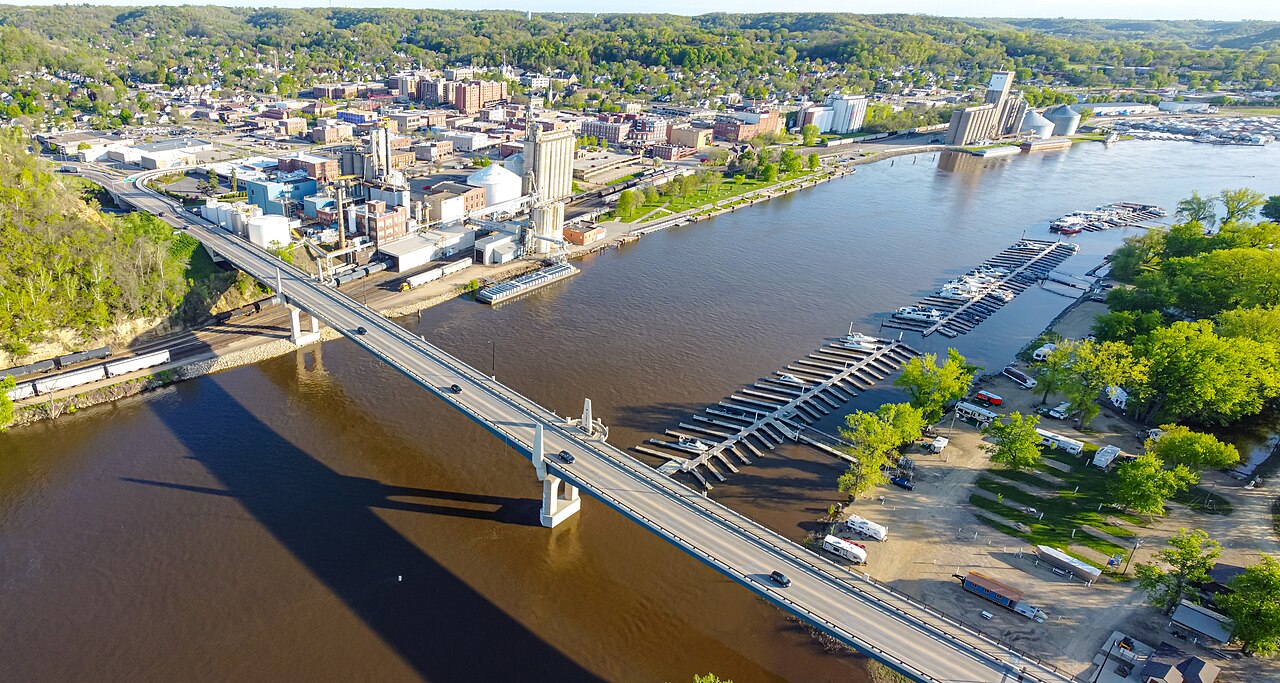
Red Wing nestles beneath Barn Bluff, a landmark in Dakota history and a natural lookout over the bend of the river. Grain, stoneware, and boot making shaped the town, and the depot and historic hotel still face the tracks that carried that prosperity. At the Pottery Museum and along Main Street, craft traditions sit beside river culture, while trails on the bluff lead to petroglyphs and broad views that explain why people stopped here and chose to stay.
Dubuque, Iowa
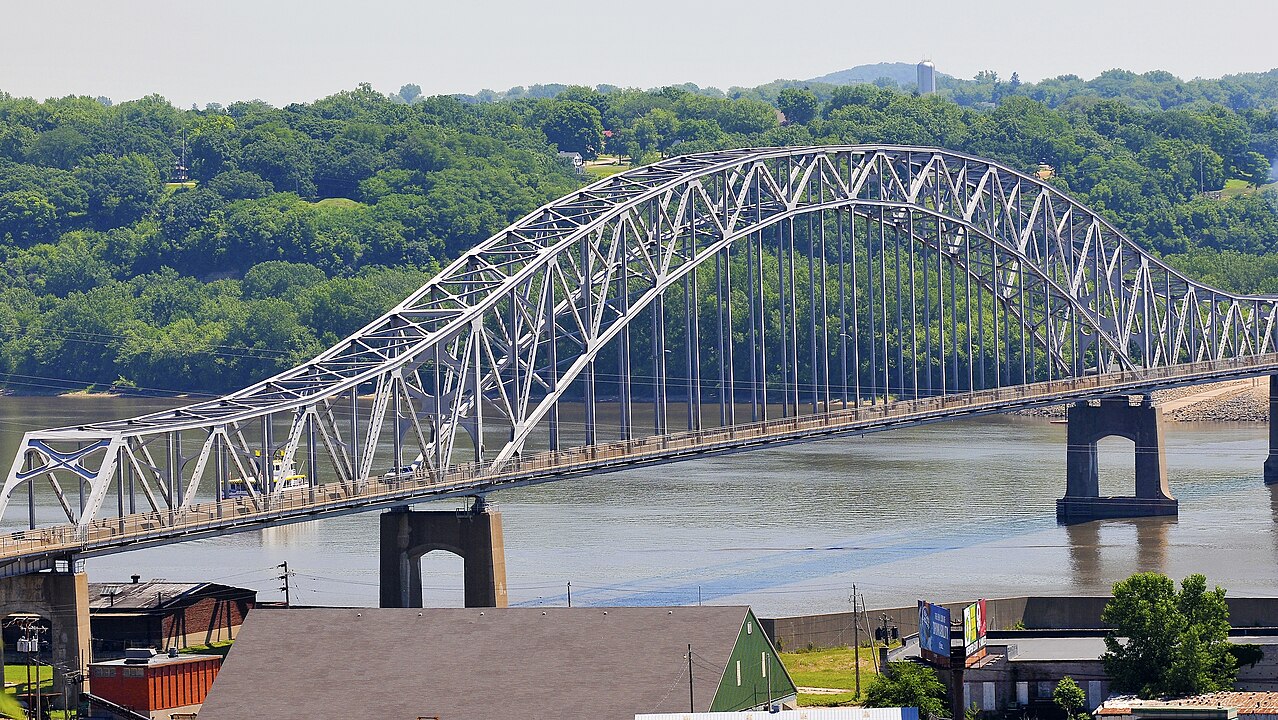
Dubuque claims Iowa’s oldest city title, born from Julien Dubuque’s lead mines and the port that grew around them. Steep streets climb from brick storefronts to cathedral spires, and the Fenelon Place Elevator links river flats to bluff neighborhoods in minutes. The Shot Tower, mining sites, and river museum trace industry to ecology, showing how a boomtown matured. From the Ice Harbor to bluff overlooks, the town reads like a textbook written in limestone and oak.
Galena, Illinois
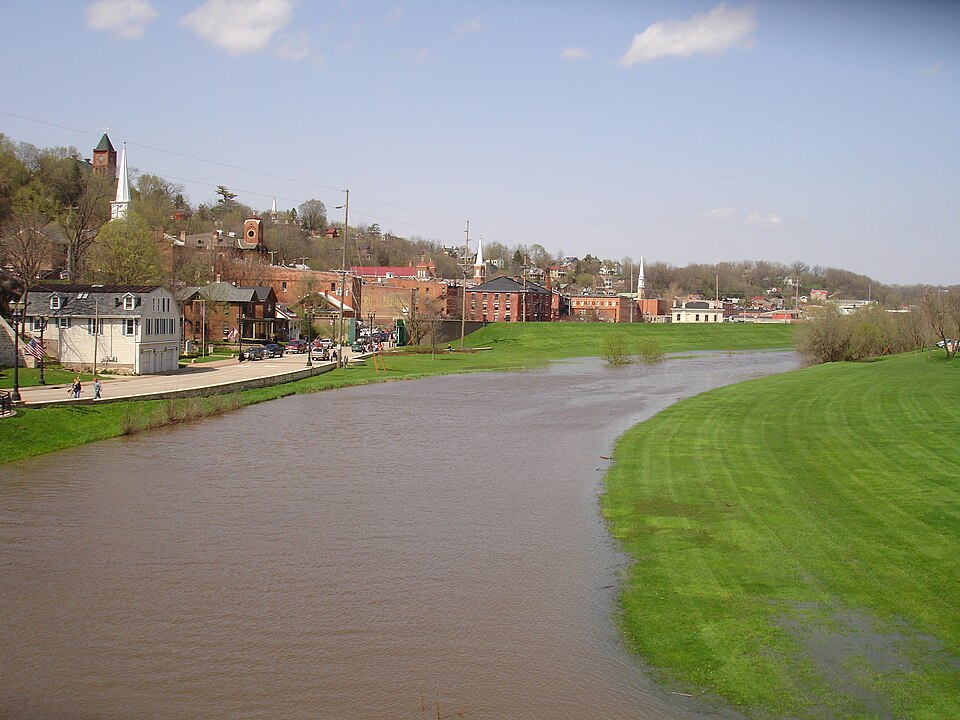
Galena’s curving Main Street preserves a nineteenth century streetscape built on lead wealth and steamboat trade. Ulysses S. Grant returned here after the Civil War, and his brick home still anchors a hill above the river valley. Warehouses turned galleries and inns keep the feel intact, while narrow lanes and church steeples frame evening walks. Just beyond town, quiet byways follow the old Galena River, reminding visitors why this pocket survived intact.
Hannibal, Missouri
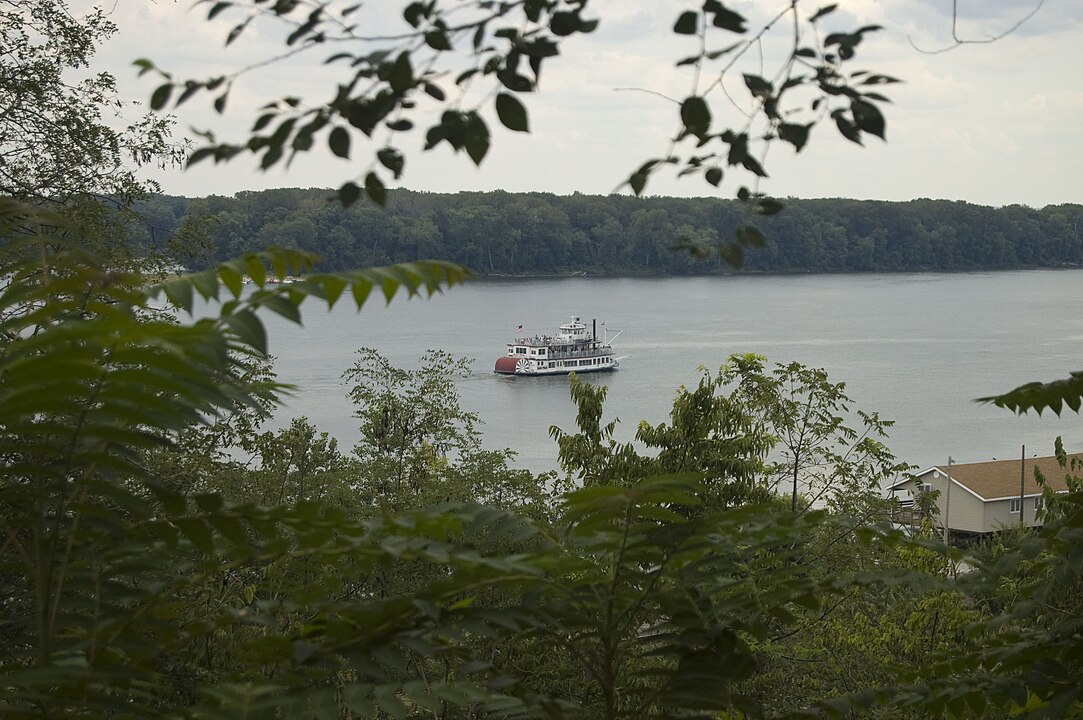
Hannibal wears its Mark Twain ties with affection, from the boyhood home and museum to the whitewashed fence that launched a legend. The riverfront still echoes with whistle calls, caves lure walkers underground, and the lighthouse lookout sets a wide horizon. Beyond the literary nods, Victorian storefronts and a tidy depot speak to steamboat days that banked real fortunes. The town keeps that era close without losing the feel of a working river place.
St. Louis, Missouri
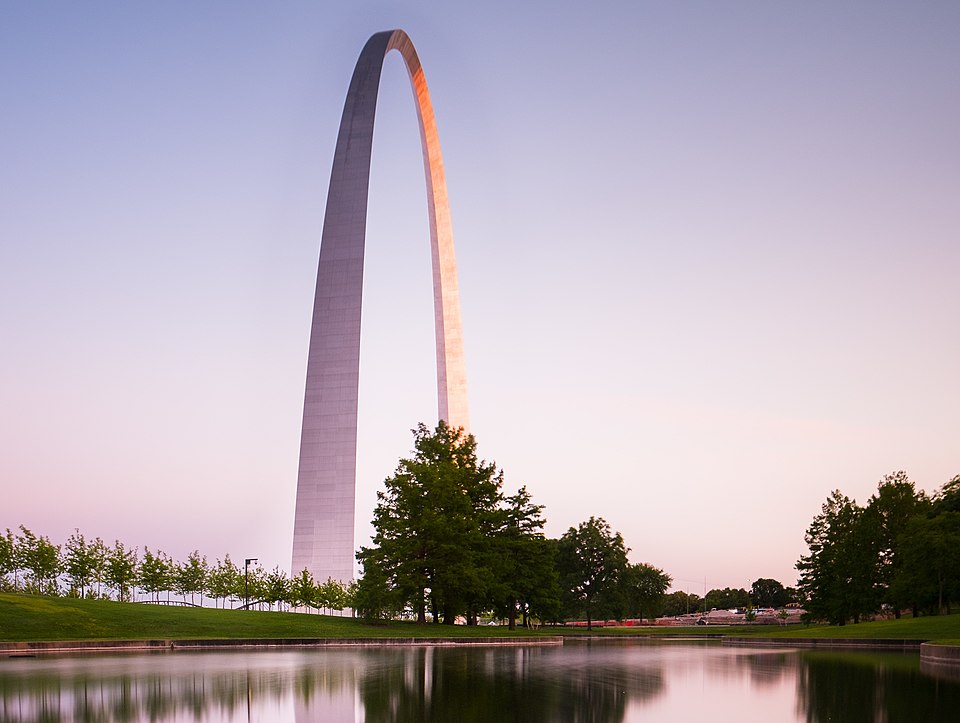
St. Louis began as a French fur post in 1764, then grew into the gateway where Lewis and Clark set out and rail met river at scale. The Gateway Arch frames that story in steel, but the Old Courthouse, Soulard market, and brick breweries hold the daily texture. Riverfront cobbles meet modern museums, reminding visitors that migration, industry, and civil rights trials all crossed this ground. The Mississippi moves past it all, steady as a timeline.
Ste. Genevieve, Missouri

Ste. Genevieve is Missouri’s oldest European settlement, a French Creole town where vertical log houses like the Bolduc and Beauvais stand in their original form. Floods pushed residents uphill in the 1790s, yet the street grid and gardens still whisper colony life. Walking tours pass limestone cellars, brick church towers, and wide porches built for summer air. The effect is rare and intimate, a small place where early Mississippi Valley architecture survived together.
Vicksburg, Mississippi
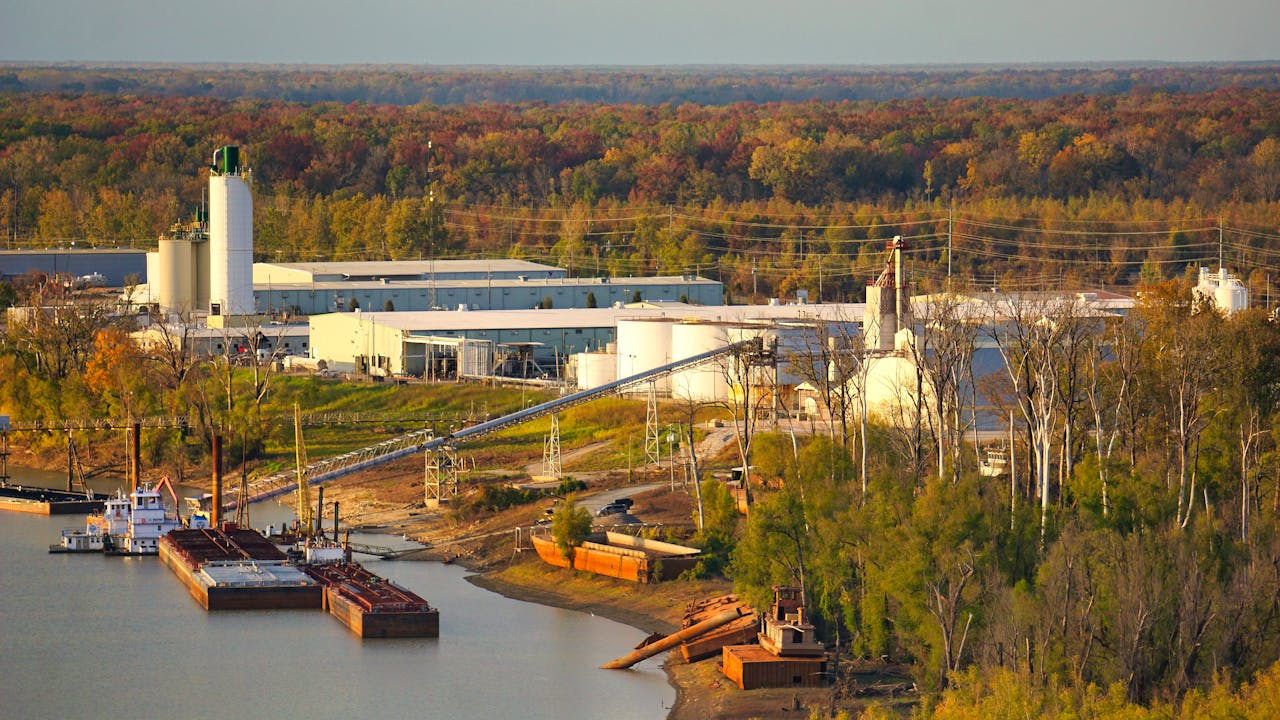
Vicksburg’s bluffs control a bend that once decided supply lines, which is why the siege of 1863 still shapes the city’s memory. The national military park rolls over hills studded with state memorials, trenches, and the ironclad Cairo raised from the river mud. Downtown, murals and warehouses remember cotton trade, while the riverfront shows towboats pushing new commerce. It is a place where strategy, endurance, and recovery all meet on high ground.
Natchez, Mississippi

Natchez sits high above a wide sweep of water, a trading center long before Europeans renamed it, and later a hub for cotton wealth built on enslaved labor. Grand homes like Longwood and Melrose tell one chapter, while the Forks of the Road site, now protected, confronts the slave market that powered it. The Natchez Trace Parkway ties deep time to today, and sunset from the bluff park closes the loop with river light that feels almost ceremonial.
